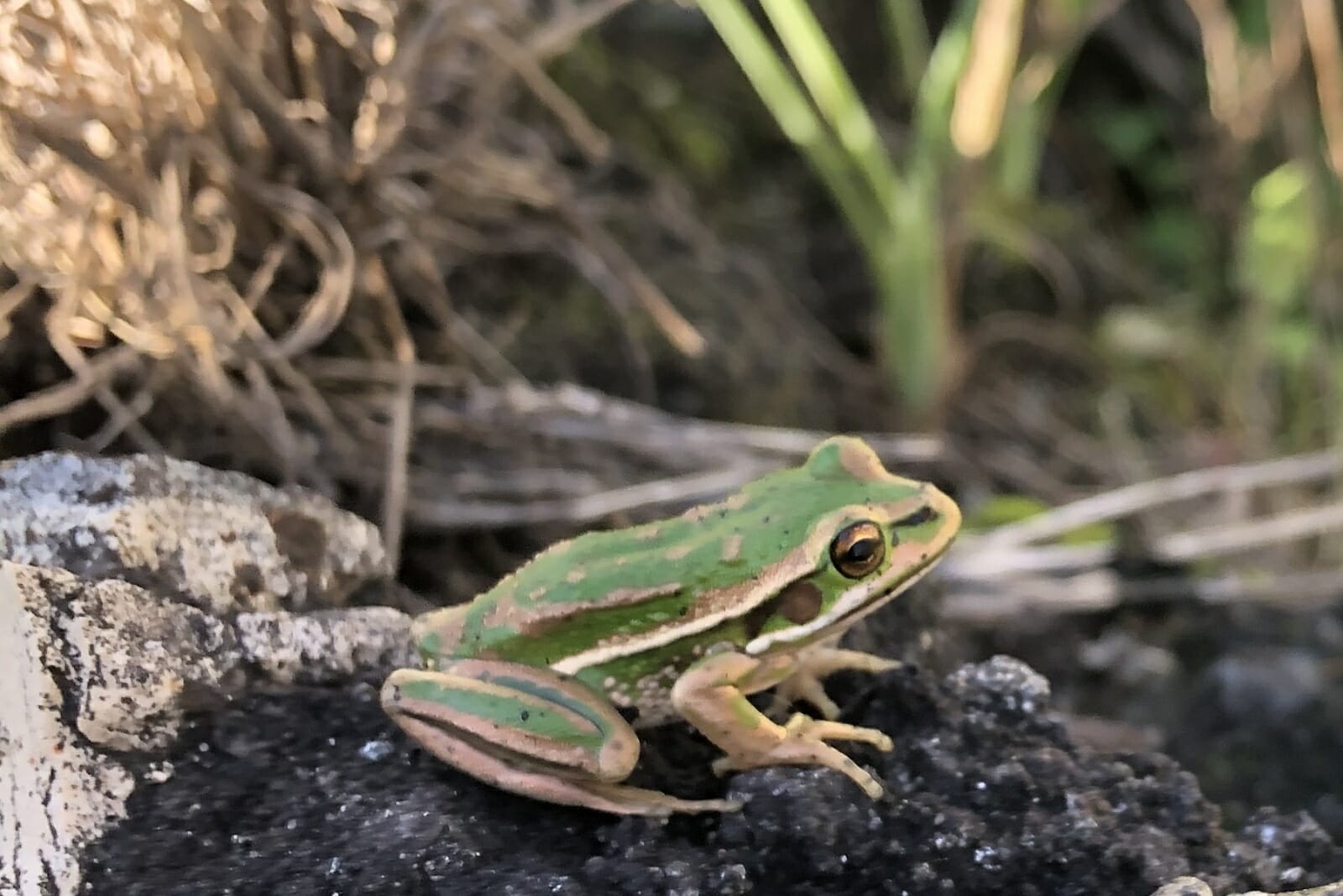Here at NCIG, we are committed to managing our operations to ensure we have the lowest possible impact on the local environment.
Now celebrating our 10th year of operations, we continue to dedicate time and resources to protecting the environment in which we operate, and have done so from the very beginning, even when first planning our site.
The NCIG Compensatory Habitat and Ecological Monitoring Program (CHEMP) was developed to offset impacts to local ecology, including the endangered Green and Golden Bell Frog.
One of the main objectives of the program was to develop new permanent residence and breeding habitat for this endangered species on Ash Island in the Hunter Estuary.
Construction of the habitat included over three hectares of new aquatic habitat for the Green and Golden Bell Frog spread across a 78 hectare landscape precinct, including allowance for movement, foraging and over-wintering habitat.
To date, NCIG has funded four separate PhD and Post-doctorate studies, specifically on the Green and Golden Bell Frog. The University of Newcastle PHD students monitor and survey the habitat, and report back to us on the wellbeing of this endangered species, along with its breeding patterns. This information allows NCIG to undertake ameliorative works to ensure the habitat is ideally suited to the species. The results have been very encouraging to say the least! This is the fifth year in a row that there has been a breeding event at the Compensatory Habitat and the population of the Green and Golden Bell Frog remains viable and healthy.
We also continue to successfully coexist with the Green and Golden Bell Frog on our operating site. After a prolonged period of dry weather throughout 2019, heavy rainfall in early 2020 was the catalyst for a significant frog breeding event. Frogs were encountered across the NCIG site during this period, but particularly in the rail area due to the proximity of several waterbodies suited to breeding. Over the season, nearly 500 Green and Golden Bell Frogs (together with almost 500 frogs of other species) were moved from our Dump Station to adjacent ponds to ensure that no harm came to each frog. It’s a great sign that this endangered species continues to populate our terminal and surrounding areas.


